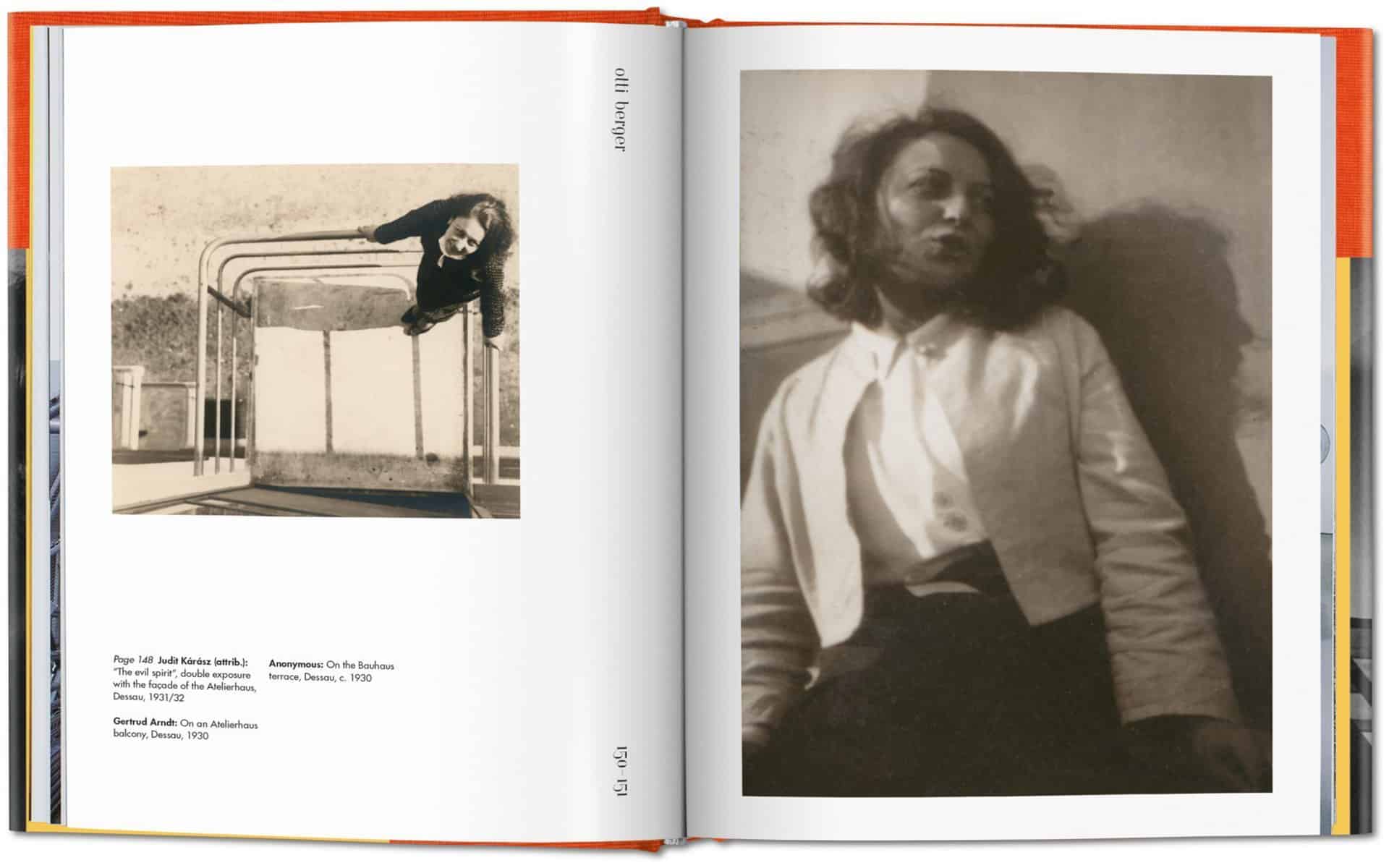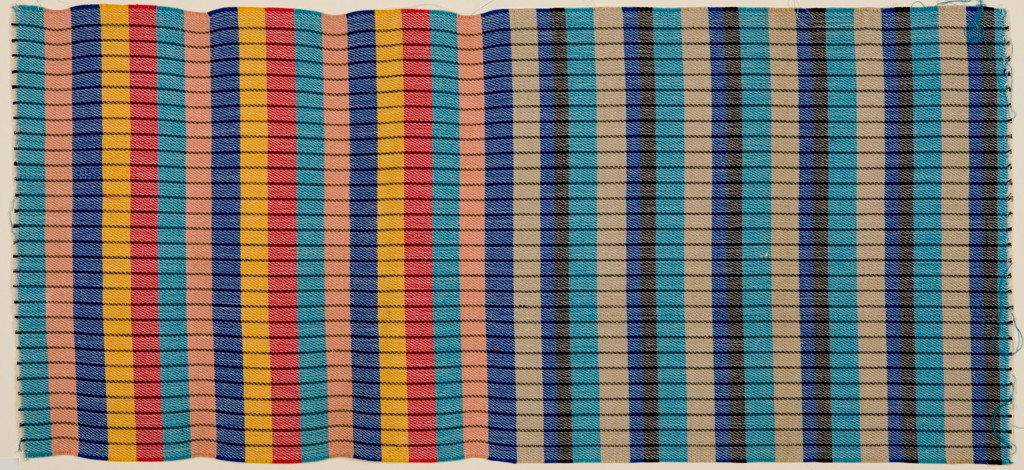The success of the women in Bauhaus
Architecture Art Bconnectedmallorca Exclusive Interior Design Investment Real Estate Secret MarketingIn honor of this year’s International Women’s Day, we want to appreciate the women lost in history from around 90 years ago in the Bauhaus movement of 1919. When the Walter Gropius’s legendary art, craft and design school was founded, it originally was aimed at both sexes, and the movement was declaring equality. These were times when women still had to request permission to enter a field of work or study. Therefore due to this new movement, many of the applicants to the school were women. However once enrolled Gropius’ declaration of gender equality wasn’t carried out as originally expected.

Photo credits:
Bauhaus picture taken by Ralf Graef
Taschen Verlag – “Bauhausmädels. A Tribute to Pioneering Women Artists”
Certain classes and courses such as architecture, painting and sculpture were reserved only for the “stronger sex” being men and the “fairer sex” who Gropius thought to not be as genetically qualified had to stick to textiles and weaving.
And looking back at the last 90 years, we can see that the men who graduated from this school would go down in history such as Paul Klee and Ludwig Mies van der Rohe, but the women who did so ever so well within the school and further grow in their careers in the future would disappear.
Women who had been a part of every area of the school, from student to becoming a teacher or director such as Gunta Stölzl, the only female teacher listed above who has worked in every position at the Bauhaus: ending up as director of the textile workshop.
Having made her career at the Bauhaus, she had to then move due to being harassed by radical right students for marrying a Jewish and moved away to Switzerland where she continued her career in textile design to then open her own studio.

Photo credits:
Portrait 1919
Wall Hanging Undated
Stiftung Bauhaus Dessau
Otti Berger, a Croatian textile designer and founder of the famed Berlin shop Atelier for Textiles. She here established successful cooperations with numerous textiles companies which were producing materials based on her innovative solutions.

Photo credits:
Taschen Verlag – “Bauhausmädels. A Tribute to Pioneering Women Artists”

Photo credit:
Otti Berger – Sample of Upholstery for Tubular Furniture, 1932-1937
Harvard Art Museums
https://publicdelivery.org/otti-berger/
Marianne Brandt was another success story from Bauhaus, she managed to break the glass ceiling in an area completely reserved for men: metal. Throughout her schooling and career, she had many passions and worked as a painter, a sculptor, an industrial designer, and at the end of her life, as a photographer. She took over a director position in 1928. Brandt designed some of the most recognizable, everyday objects. In all her designs, the stylistic footprint of the Bauhaus is evident, such as her use of free forms.

Photo credits:
Marianne Brandt Self-portrait in the workshop Bauhaus, Dessau
Ashtray & Teapot – Pinterest
These women are just a few of great examples of the many outstanding roles women played at the Bauhaus, and who were the beginning of the movement towards women in business and particular women in the arts and design sector.
We still have far to go in some places of the world, and even still in first World Countries we are coming across problems of equality in many industries. But we are confident that this will be changing, we can all help this by standing up for ourselves and each other, and always pushing forward and up for our dreams.




